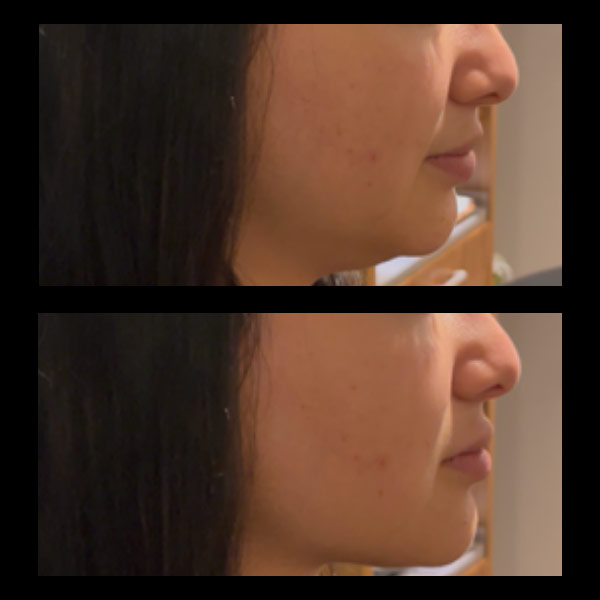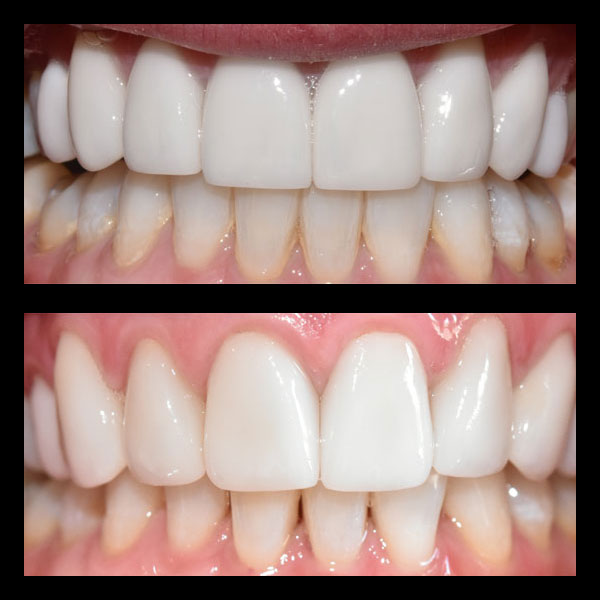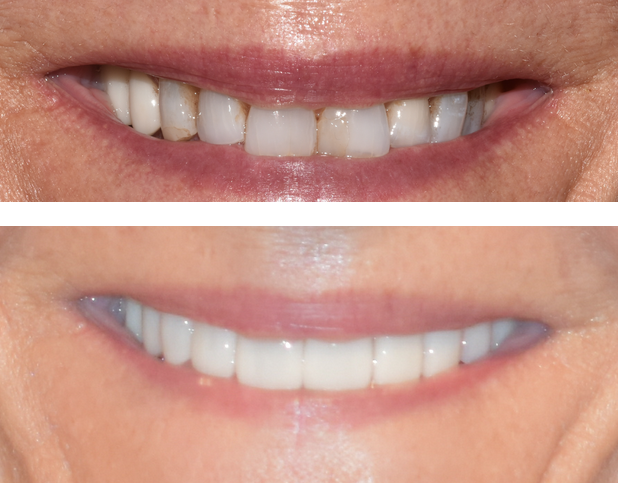Hey everyone, let’s talk teeth tech! As someone who’s been writing about health and wellness for, well, let’s just say *a while* (over a decade now!), I’ve seen some incredible changes. But honestly, few things have revolutionized the patient experience quite like the shift to digital in dentist offices. Remember those goopy, gag-inducing impressions? Yeah, me too. Shudder. Thankfully, for many procedures, those days are swiftly becoming a thing of the past, especially here in Boulder.
Today, I want to dive into the world of digital scanning in dentistry. It’s one of those innovations that sounds futuristic but is actually improving chair-side experiences right now, making visits quicker, more comfortable, and leading to even better results. We’re talking precision that’s frankly astounding, and comfort levels we only dreamed of back in the day. As we sit here in mid-April 2025, this technology isn’t just a novelty; it’s rapidly becoming the standard of care for forward-thinking practices.
Understanding Digital Scanning in Modern Dentistry
So, what exactly *is* digital scanning in dentistry? At its core, it’s the process of using a specialized, handheld wand – an intraoral scanner – to capture highly detailed, 3D images of your teeth and gums. Think of it like a tiny, highly advanced camera mapping every nook and cranny inside your mouth. These scanners use light sources and sensors to create a precise digital replica, eliminating the need for physical molds in many situations.
The evolution from traditional impressions has been remarkable. Those trays filled with putty (alginate or polyvinyl siloxane, if you want to get technical) served their purpose, sure, but they weren’t exactly pleasant. They could be messy, uncomfortable, trigger gag reflexes, and sometimes required retakes if the impression wasn’t perfect. Digital scanning bypasses all that. It’s a cleaner, faster process that captures incredibly accurate data the first time around. This leap represents a huge step forward in dental innovation, driven by the desire for better diagnostics and a smoother patient journey.
The immediate benefits? Enhanced patient comfort is a big one. No more goop, no more discomfort holding that tray just right. Plus, the efficiency is undeniable. What used to take several minutes (and feel like an eternity) now often takes just a couple. Beyond comfort, these digital scans feed directly into sophisticated software, allowing dentists to plan treatments with unparalleled accuracy. Technologies like 3D cone beam imaging (CBCT), often used alongside intraoral scanners, provide even more comprehensive views of bone structure, nerve pathways, and soft tissues, further improving diagnostic capabilities for everything from implant placement to orthodontic planning.
Enhancing Patient Experience and Clinical Precision
Let’s talk precision. Digital scans capture the geometry of your mouth with incredible detail, down to the micron level. This accuracy is critical for creating restorations like crowns, bridges, veneers, or aligners that fit perfectly. A better fit means better function, longevity, and aesthetics. Because the process is digital, the risk of distortions or inaccuracies inherent in traditional mold-making and casting is virtually eliminated.
Curious about the process? It’s surprisingly straightforward. Your dentist or a trained assistant will gently move the scanner wand around your mouth. As they do, the scanner captures thousands of images per second, stitching them together in real-time to build the 3D model on a connected computer screen. You can often watch the model of your teeth appear right before your eyes – which is pretty cool, I have to admit! The whole scan typically takes just a few minutes. No mess, no fuss.
The impact on the overall patient experience is profound. Reduced chair time is a major plus – who doesn’t want to spend less time in the dental chair? The non-invasive nature of the scan makes it far more tolerable, especially for patients with dental anxiety or a sensitive gag reflex. For dental professionals, this technology is a game-changer. The highly accurate digital models allow for meticulous treatment planning. Dentists can visualize the final outcome, make precise adjustments digitally *before* anything is physically created, and collaborate more effectively with dental labs, leading to predictable and successful results.
Digital Scanning at Incredible Smiles: A Commitment to Excellence
Now, bringing this technology home to Boulder, Colorado – practices like Incredible Smiles are really embracing these advancements. With over 30 years of experience serving our community, they’ve built a reputation not just for beautiful results, but for integrating cutting-edge tech to make the entire process better for their patients. It’s nottechnology for technology’s sake; it’s about leveraging innovation to provide superior care.
At Incredible Smiles, digital scanning isn’t just an add-on; it’s woven into their holistic philosophy. They combine state-of-the-art tools like intraoral scanners and 3D cone beam imaging with a deep understanding of neuromuscular dentistry – how your bite, muscles, and joints work together. This comprehensive view ensures that treatments aren’t just cosmetically pleasing but also functionally sound and promote overall wellness. It’s this blend of artistry, science, and technology that sets them apart.
Imagine getting veneers. With digital scanning, Incredible Smiles can capture the exact shape, size, and contours needed for a perfect, natural-looking fit, minimizing adjustments and chair time. Planning Invisalign treatment? Precise digital models allow for predictable tooth movement and better outcomes. Considering dental implants or even a full mouth reconstruction? The combination of digital scanning and 3D imaging provides the detailed anatomical information essential for safe, accurate placement and restoration design. They use this tech across their cosmetic and restorative services, ensuring every patient benefits from the precision and comfort it offers, all within their warm, spa-like environment focused on personalized care.
Key Takeaways and Future Trends in Dental Innovation
Looking ahead, the role of digital technologies in dentistry is only set to expand. We’re seeing trends towards even faster scanners, improved software powered by AI for diagnostics and treatment planning, and greater integration with other digital tools like 3D printers for in-office fabrication of restorations. As of 2025, AI integration is becoming more sophisticated, helping dentists detect subtle issues earlier and design treatments with even greater predictability. The ultimate goal is always to improve patient care – making procedures faster, less invasive, more accurate, and more comfortable.
Continuous advancements promise further enhancements in diagnostic accuracy and patient comfort. Imagine AI algorithms analyzing your digital scan to flag potential areas of concern that might be missed by the naked eye, or scanners becoming even smaller and quicker. It’s an exciting time for dental tech!
So, to recap the key benefits: digital scanning means saying goodbye to uncomfortable traditional impressions, enjoying shorter appointment times, and benefiting from highly accurate, predictable treatment outcomes. For dentists, it streamlines workflows and enhances their ability to deliver top-tier care.
Ultimately, embracing modern approaches like digital scanning does more than just improve treatments; it builds trust. When patients see a practice like Incredible Smiles investing in technology that enhances their comfort and results, it reinforces confidence in the care they receive. It shows a commitment to staying at the forefront and providing the best possible experience for the Boulder community.
Have you experienced digital scanning at the dentist yet? What was it like for you? Share your thoughts in the comments below – I’d love to hear about your experiences! And if you’re curious to see how this technology can benefit your smile, consider reaching out to a practice that prioritizes these innovations.
Frequently Asked Questions
What is digital scanning in dentistry?
Digital scanning in dentistry involves using a specialized handheld device called an intraoral scanner to capture detailed 3D images of teeth and gums, eliminating the need for traditional physical molds.
How does digital scanning improve the dental experience?
Digital scanning improves the dental experience by making procedures quicker and more comfortable, eliminating the discomfort of traditional molds, and providing highly accurate and detailed images for better treatment outcomes.
What are the benefits of digital dental scans compared to traditional impressions?
Compared to traditional impressions, digital scans offer enhanced patient comfort, faster procedures, more precise data, and eliminate the risk of distortion or inaccuracies in molds.
What role does AI play in dental digital scanning?
AI enhances digital scanning by analyzing scans to flag potential dental issues, aiding in diagnostic accuracy, and assisting in designing treatments with greater precision and predictability.
How does digital scanning impact the workflow of dentists?
Digital scanning streamlines dental workflows by providing accurate data for planning and collaborating with labs, reducing chair time, and allowing for efficient and precise treatment planning.








